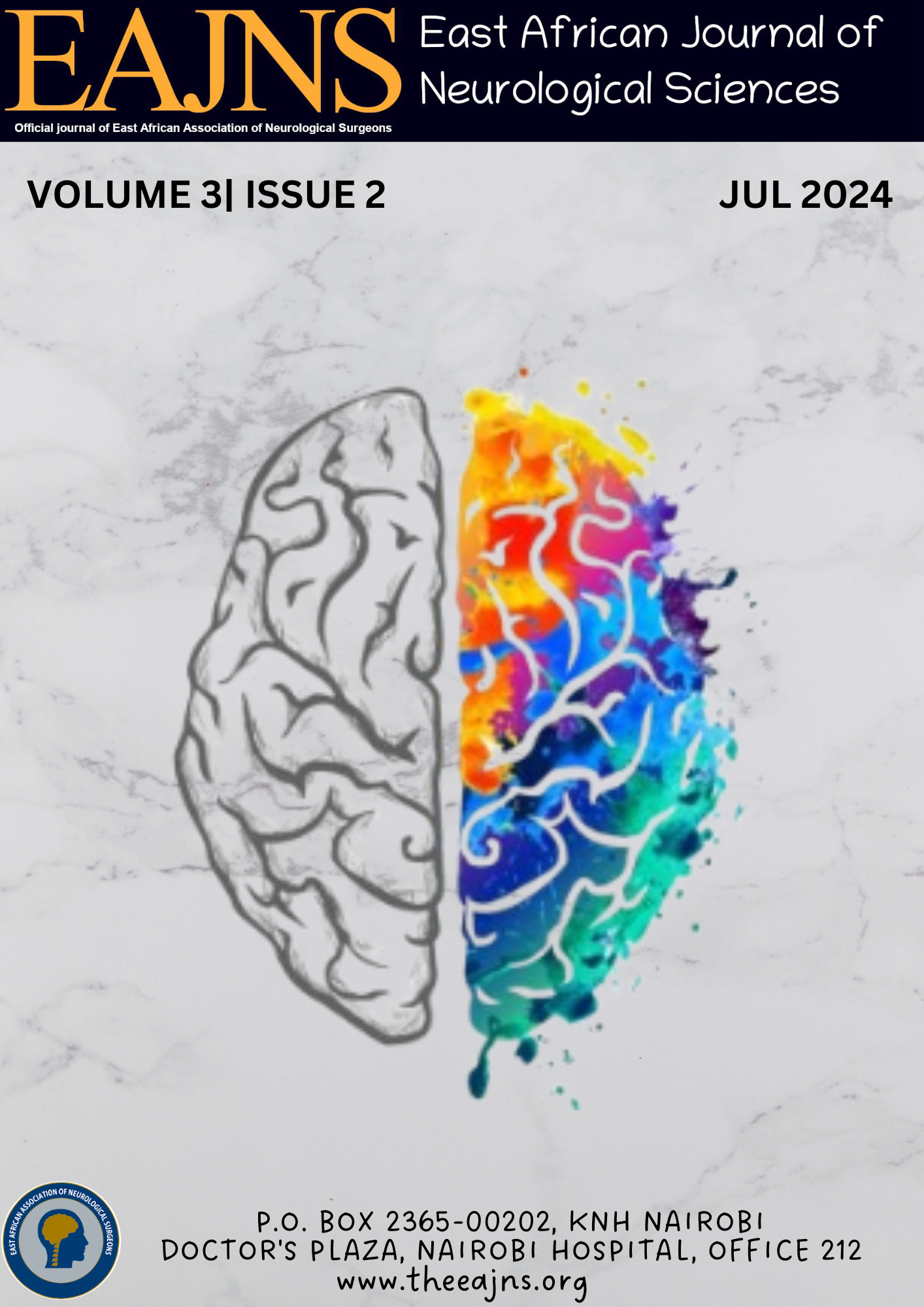Main Article Content
Neuropathology of suicide: a narrative review article
Abstract
Suicide neuropathology is a multifactorial phenomenon influenced by psychological, social, and environmental factors. Researchers have primarily focused on the role of neurotransmitters, such as serotonin, in suicide. A deficiency in serotonin input to the anterior cingulate cortex and ventral prefrontal cortex is associated with suicide and suicidal behaviour and is linked to decision-making and suicide intent. The serotonin hypothesis proposed that low levels of serotonin in the brain contribute to an increased risk of suicidal behaviour. However, subsequent studies have produced mixed and inconsistent results, indicating that the relationship between serotonin and suicide is not straightforward. Recent research has expanded the focus to structural and functional brain abnormalities associated with suicidal behaviour. Advances in neuroimaging techniques have allowed researchers to investigate the brain's anatomy, connectivity, and activity patterns in individuals at risk of suicide. Genetic studies have provided insights into the genetic basis of suicide risk, with certain genetic variations associated with increased susceptibility to suicidal behaviour. Studies have found increased levels of pro-inflammatory markers in the brains of individuals who died by suicide, suggesting a link between inflammation and suicide risk. A drug targeting the glutamate pathway, ketamine, has recently drawn attention for its ability to rapidly treat depressive symptoms and holds great promise as a potential antisuicidal drug. Overall, further research is needed to better understand the neuropathological mechanisms underlying suicidal behaviour.







